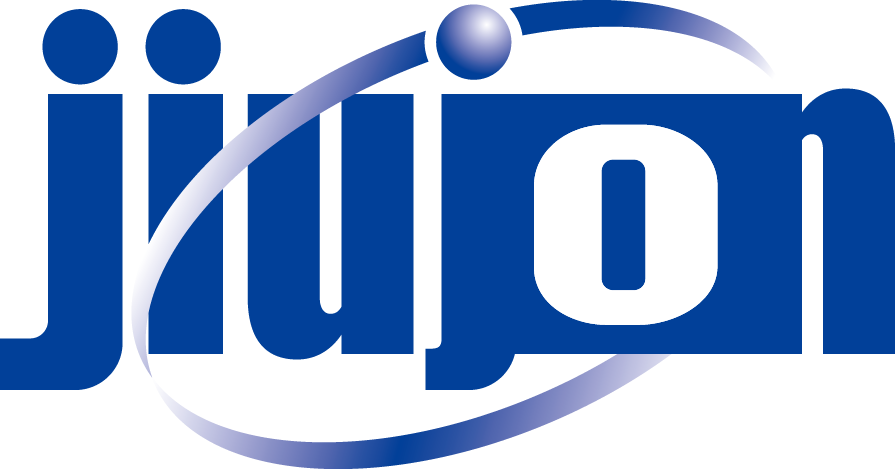As a member of the optical industry, we believe everyone should be no stranger to filters. According to spectral characteristics, they are classified into five types: bandpass filters, long-pass filters, short-pass filters, notch filters and neutral density filters. Today, we mainly introduce the Bandpass Filter that we commonly see.

Spectral characteristics comparison table
|
Type |
Transmission range |
Blocking range |
Typical example |
|
Bandpass filter |
CWL±bandwidth (e.g. 525±10nm) | All wavelengths outside the passband | 532nm Laser filter(FWHM=10nm) |
|
Long-pass filter |
>Cut-off wavelength (e.g. > 500nm) | <Cut-off wavelength | LP500(Fluorescence microscope) |
|
Short-pass filter |
<Cut-off wavelength (e.g. < 650nm) | >Cut-off wavelength | SP650(Camera IR-cut) |
|
Notch filter |
All wavelengths except the notch band | Specific narrow band(e.g. 532±2nm) | 532nm Notch filter(Raman spectroscopy) |
|
ND filter |
Uniform Attenuation Across All Wavelengths | Non-selective blocking | ND8(Transmittance: 12.5%) |
Bandpass filter is an optical element that allows light to pass through within a specific wavelength range while blocking light of other wavelengths. Its core principle is based on the interference or absorption characteristics of light, achieved through the design of multilayer dielectric films or special materials for selective transmission.
Classification by working principle
(1) Interference Bandpass Filter
Principle: Based on the interference effect of light (such as Fabry-Perot interferometer or multilayer dielectric film), the target wavelength range is selectively enhanced through the reflection and transmission of the thin film.
feature:
High light transmittance (up to 90% or more)
Narrow bandwidth (down to 0.1 nm)
Sensitive to angle of incidence (central wavelength shifts when tilted)
Typical Applications:
Laser systems (e.g., 532nm narrowband filters used in LiDAR)
Fluorescence microscopy (separation of excitation light from emission light)

(2) Absorption Bandpass Filter
Principle: Utilizes specific materials (such as colored glass or dyes) to absorb light outside the target wavelength range.
Characteristics:
Low cost
Angle insensitive
Wider bandwidth (typically > 50 nm)
Lower transmission rate (approximately 50% to 70%)
Susceptible to temperature variations
Typical Applications:
Stage lighting (e.g., RGB color filters)
Simple optical instruments (e.g., telescope eyepieces)

Classification by Bandwidth:
(1) Narrow Bandpass Filter
Bandwidth: Typically < 10 nm (even sub-nanometer levels).
Applications:
Astronomical observations (e.g., Hα line filter at 656.28 nm)
Quantum communication (single-photon detection at 1550 nm)

(2) Wide Bandpass Filter
Bandwidth: Ranges from several tens of nanometers to several hundred nanometers (e.g., 400-700 nm in the visible spectrum).
Applications:
Machine vision (to enhance contrast of specific colors)
Photography (e.g., infrared cutoff filters)

(3) Ultra-Wide Bandpass Filter
Bandwidth: Covers the entire visible or near-infrared spectrum (e.g., 450-1000 nm).
Applications:
Multispectral imaging (e.g., satellite remote sensing)
Post time: Jun-30-2025



